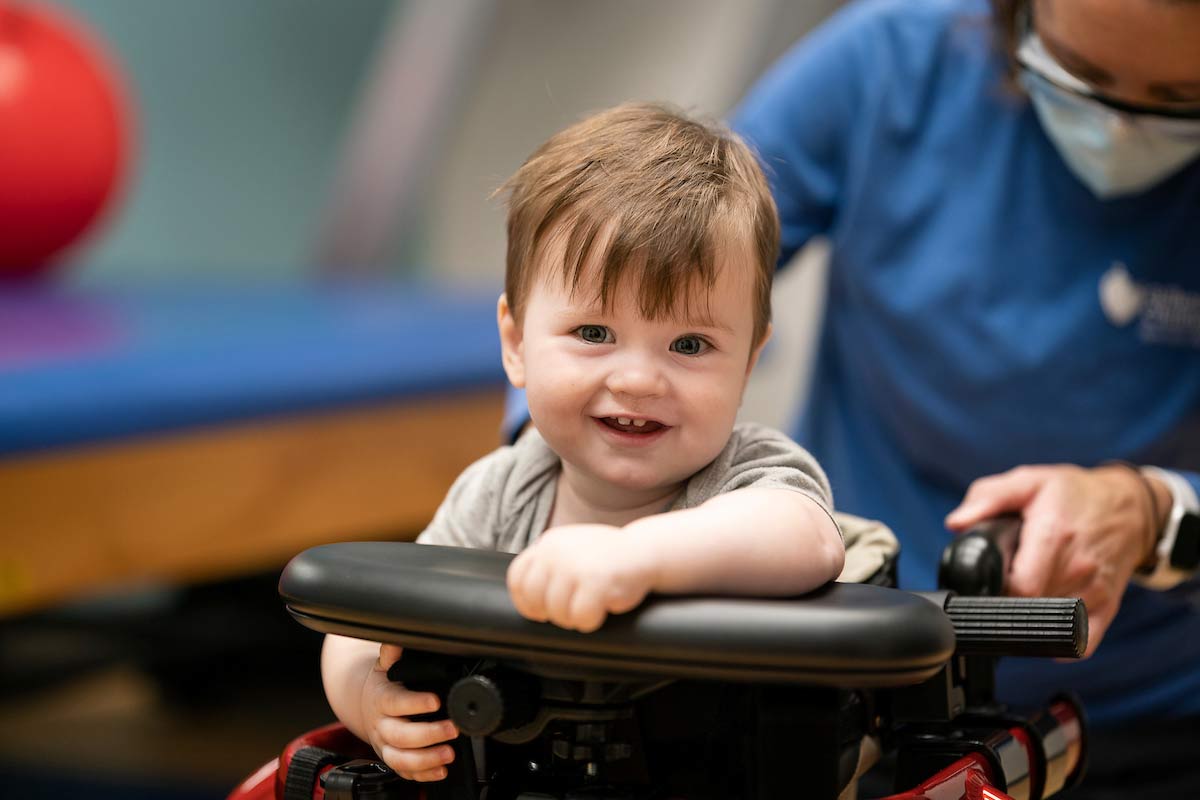What is epilepsy?
Epilepsy is a condition in which disrupted brain activity leads to seizures. A child is diagnosed with epilepsy after two or more unprovoked seizures, or seizures that aren’t caused by something specific. A child who has only provoked seizures (for example, febrile seizures) won’t typically have a diagnosis of epilepsy.
Intervention and appropriate treatment can help ease epilepsy symptoms and seizures. Explore epilepsy diagnosis and treatment options.
What are seizures?
In the brain, constant electrical activity takes place in and between cells. A seizure is abnormal electrical activity (discharge) in brain cells that interrupts normal activity, behavior, or movement.
Seizures in infants and toddlers can be mild, severe, or somewhere in between. How epilepsy affects a child can vary widely depending on the severity. Co-existing conditions (such as cerebral palsy) can play a role in how seizures affect a child as well. Clues that a child is having a seizure include:
- Sudden changes in alertness or behavior
- Uncontrolled staring or “zoning out"
- Repetitive, involuntary jerking movements
- Loss of consciousness
- Changes in breathing patterns
What causes epilepsy in children?
Some of the known causes of epilepsy in children include:
- Brain injury caused by low levels of oxygen in the blood
- Brain injury caused by premature birth
- Traumatic brain injury
- Chromosomal abnormalities
- Brain malformations that develop during pregnancy
- Genetic factors
- Blood infections
- Central nervous system infections, such as bacterial meningitis, viral encephalitis, or tuberculosis
- Metabolic disorders
- Strokes
- Tumors of the nervous system
Epilepsy can have many causes. A pediatric neurologist runs tests to help determine if and why your child has epilepsy.
 Home Page
Home Page



